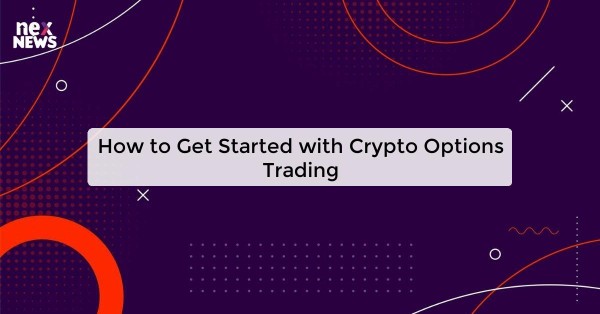Understanding Crypto Options Trading
Cryptocurrency options trading involves speculating on the price movements of digital assets over a defined period, giving investors the right - but not the obligation - to buy or sell the underlying asset at a predetermined price. This trading method provides an avenue for traders to leverage their positions and potentially maximize profits in both rising and falling markets.
Unlike spot trading, where assets are bought and sold at the current market price, options trading allows investors to benefit from price volatility while limiting their potential losses to the premium paid for the option contract. By understanding key concepts such as strike price, expiration date, and option type (call or put), traders can make informed decisions to capitalize on market opportunities and manage risks effectively.
Choosing the Right Exchange Platform
Before diving into the exciting world of crypto options trading, it is crucial to carefully select the right exchange platform to meet your trading needs. With the vast array of options available in the market, it can be overwhelming to determine which platform is the most suitable for you.
Consider factors such as security features, fees, supported cryptocurrencies, user interface, customer support, and trading tools when evaluating exchange platforms. You may also want to read reviews and seek recommendations from experienced traders to gain insight into the reliability and performance of different platforms. Making an informed decision at this stage can significantly impact your trading experience and success in the crypto options market.
Setting Up Your Wallet
To begin setting up your wallet for crypto options trading, the first step is to research and choose a reputable wallet provider. Ensure that the wallet you select supports the cryptocurrencies you intend to trade and offers robust security features to protect your assets.
Once you have chosen a wallet provider, proceed to create an account by following the registration process outlined on their platform. This typically involves providing your email address, creating a secure password, and verifying your identity as part of the account setup. Make sure to follow all security protocols suggested by the wallet provider to safeguard your digital assets against potential cyber threats.
Learning the Basics of Options Trading
Options trading involves the buying and selling of contracts that give the holder the right to buy or sell an asset at a specified price within a set time frame. Call options allow the holder to purchase an asset at a predetermined price, while put options give the holder the right to sell an asset at a specific price.
Understanding key terms such as strike price, expiration date, and premium is crucial when trading options. The strike price is the price at which the option holder can buy or sell the asset, while the expiration date is the deadline for exercising the option. The premium is the price paid by the option buyer to the seller for the right to buy or sell the asset. Familiarizing yourself with these fundamental concepts is essential before diving into options trading.
Understanding Market Analysis
Market analysis involves evaluating the current trends and patterns in the market to make informed trading decisions. Traders often use technical analysis to study historical price data and identify potential future price movements. By analyzing charts, indicators, and volume, traders can gain insights into market sentiment and predict potential price directions.
Furthermore, fundamental analysis is another key aspect of market analysis that considers external factors such as economic indicators, news events, and company financials. Traders examine the impact of these factors on the price of assets and use this information to assess the overall market conditions. By combining technical and fundamental analysis, traders can develop well-rounded strategies to navigate the complexities of the options market.
